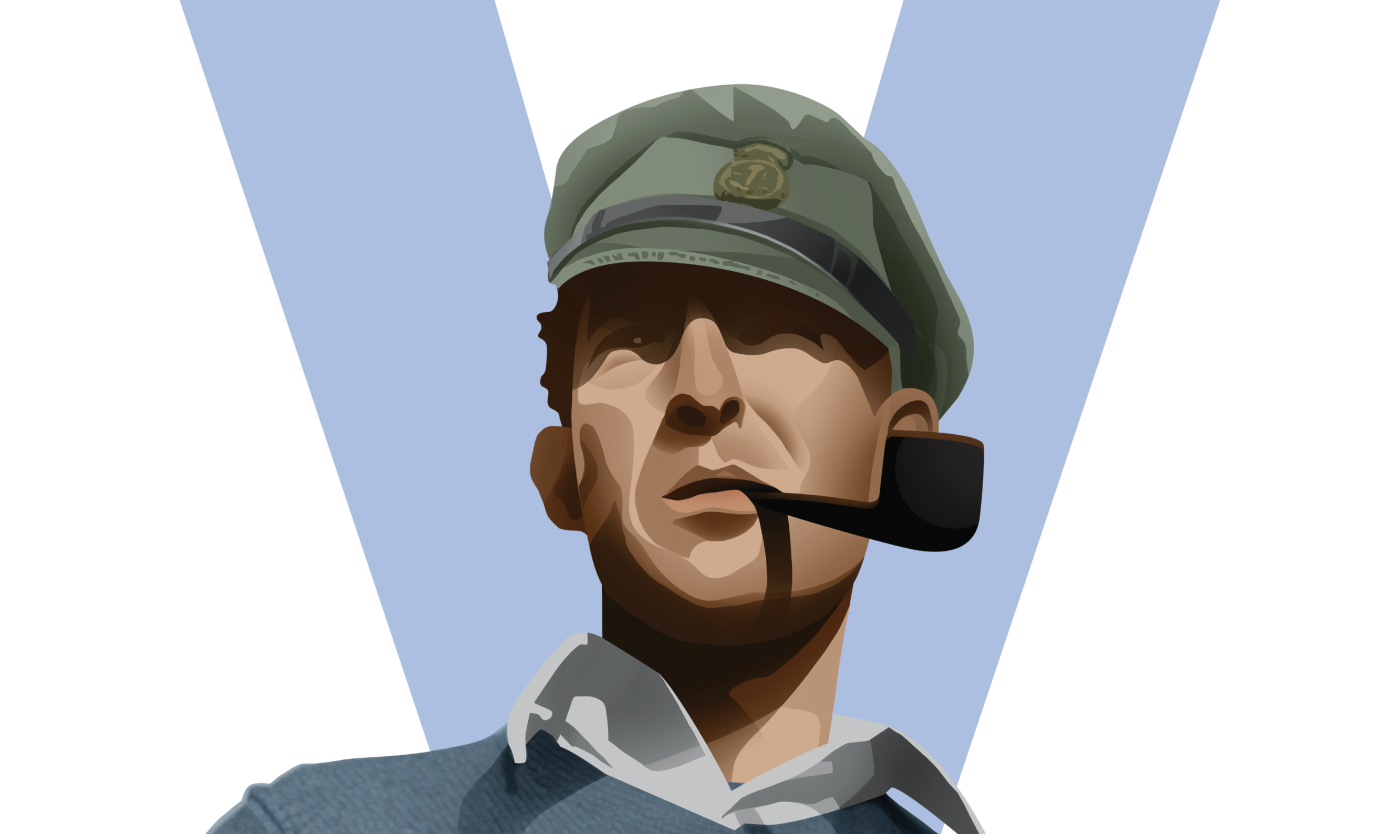
Rudolf Schönberg
1901 - 1944
Rudolf Schoenberg was a Brussels-based Jewish artist and resistance fighter. He fought with his wife Rie Goethals against the Nazi regime during WWII.
Rudolf Schönberg was born in Vorst in 1901, to a Dutch-German Jewish family of insurance brokers. He was an artist and draughtsman, and a passionate sailor. He lived in Brussels but took his holidays in Veere, the Netherlands, where he could sail. Veere was where he met his future wife, Rie Goethals. They married in 1937 and together played an important role in the Belgian resistance.
Rudolf was a committed communist. Even before war broke out, he campaigned against fascism. He and Rie offered shelter to fleeing German communists and later housed socialists and Jews who had illegally crossed the Belgian border. Book burnings affected him deeply. He ordered copies of all the banned books and his house acted as a veritable library.
The couple were members of the Communist Party of Belgium. In 1940, the party asked them to get rid of all banned documents, so they hid them under the floorboards. Socialists, communists, partisans and intellectuals met at their home to discuss the creation of the Independence Front, the movement that grew into Belgium’s largest resistance group.
Their involvement in the movement consisted mainly of sheltering German opponents, but Rudolf’s clandestine activities increased as the war progressed. He worked on the underground magazine Temps Nouveaux, which first appeared in November 1940 and aimed to mobilise intellectuals.
After Operation Barbarossa in June 1941, when Germany invaded the Soviet Union, Rudolf went into hiding for a time. He eventually returned to Rie, but when he learned in April 1942 that she had been arrested, he went into hiding for a second time. Although he was being hunted by the Gestapo, he intensified his acts of resistance.
From his hiding place, he continued to contribute to Temps Nouveaux. He turned his emotions and fears about his wife’s arrest into stronger actions against the German occupiers and collaborators. As a member of the Armed Partisans, the armed branch of the Independence Front, he took part in several bombings and sabotage actions and recruited new resistance members.
After months of searching, the Gestapo intercepted him on 13 May 1944. He was arrested by eight agents. He had been going by the pseudonym Maurice Etienne Thonard, but his real name was known to the occupying forces. He was taken to the cellars of 347 Avenue Louise and tortured. Like his wife, he remained silent.
How Rudolf died or what happened to him after that remains unclear. Either way, he was murdered, shot, hanged or tortured to death by the Nazis. He was buried at the National Shooting Range in Schaarbeek in civilian clothes and his body recovered in 1946. Rie, who survived Ravensbrück concentration camp, identified him.
Rie campaigned to have Rudolf’s acts of resistance recognised by the government. He was posthumously recognised as a political prisoner and given several medals of honour with the inscription “Killed as a hero in the fight for freedom”. A memorial stone was laid in their honour outside their home in Boomkwekerijstraat in Brussels.
Read more
Henri Heimans & Dirk Verhofstadt, KZ syndroom. Een litteken dat nooit verdwijnt, Antwerpen: Uitgeverij Houtekiet, 2024.